Week 48: Ruined!
–
–
It’s been a week full of randomly placed marble blocks, stepping over broken terracotta pipes and trying to visualise what used to stand in the grassy area that’s now home to skittering lizards and brightly coloured spring flowers. We’ve seen Ancient Roman ruins galore and discovered a Christian history in this part of the world that kind of took me by surprise. Shows you how little I know about these things…
From Ayvalik we went south to Bergama, our base for exploring the ruins of Pergamum. After Alexander the Great’s death in 323BC at the age of 32 (which reminds me of a Tom Lehrer quote: “it’s a sobering thought that when Mozart was my age he’d been dead for two years”) without a son or appointed heir, one of his generals, Lysimachus, took control of much of the Aegean region. He then promptly died himself, leaving a massive amount of captured treasure in the hands of his commander in Pergamum. Who did what anyone in his position would do: he set himself up as governor. The dynasty continued until 129BC when the last king bequeathed the kingdom to Rome upon his death, though the peak of Pergamum’s power came between 197 to 159BC when it was a cultural and intellectual centre.
We wandered around the Acropolis, the ancient city that sits perched on top of a hill surrounded by defensive walls. There are remains of the royal palace, residential houses, water and sewage systems (water came from 45km away), an arsenal, a bazaar, the library, a gymnasium, bathhouses and various temples. The 10,000 seat 3rd century BC theatre is cut into the hillside and gives a fantastic view over the surrounding landscape. Some of the temples are still impressive but the mound of rubble left at the altar of Zeus gives no indication of the splendour that now adorns a museum in Berlin. The library in Pergamum was rivalled only by that in Alexandria but Mark Anthony later gave all its volumes to Cleopatra as a wedding present.
Nearby is the Asclepion, an ancient medical centre and temple dedicated to Asclepius and built around the 4th century BC. He is the Greek god of medicine and healing; the names of two of his daughters were Hygieia and Panacea and his snake-entwined staff is still used as a symbol of medicine. People came to the temple for treatment and it became well renowned, especially under the influence of a physician called Galen (AD 129-199/217). He was a medical researcher whose theories and accounts of the heart, arteries, veins and the nervous system were the best available sources until the 16th century. No doubt his post as the physician of gladiators helped him overcome the ban on human dissection as he tended their wounds and published theories about preventive measures such as a good diet, hygiene and fitness. Today there’s not much left of the Asclepion except a small theatre, the foundations of a temple building where patients slept and the underground passage that led to it. We had the place mostly to ourselves but as a French tour group left I was disappointed to see two of their male members relieve themselves on the 2400 year old ruins.
We also visited the Red Basilica, a massive structure that was originally a temple to the Egyptian gods Isis and Harpocrates. The courtyard was 100x200m and now mostly lies under the modern city of Bergama. Originally built in the 2nd century AD it was converted into a Christian church in the 4th century and is mentioned in the New Testament as one of the Seven Churches of Revelation (though the timing of dates confuses me here).
Taking a short break from ruins we spent a few nights in Izmir and enjoyed the waterfront. Our backgammon skills are improving and we spent some time sitting in the sun playing and sipping chai. Later we had a romantic dinner next to a TV screen showing a crackling log fire before a massively popular soccer match started and filled up the restaurant.
Back on the Roman ruins trail we’re now in Selcuk, the base for seeing Ephesus. It’s also the site of some interesting Christian ruins. On our first day we visited the Basilica of St John the Apostle, built in the 6th century on what is believed to be his tomb. There were other structures before this but the massive basilica built by Emperor Justinian and Queen Theodora was one of the most impressive religious structures of its time. If it were fully restored today it would be the seventh largest cathedral in the world. St John the Apostle is believed to have come to Ephesus, with the Virgin Mary, to avoid persecution and we went to the site of what is believed to be her house. The foundations were found following the visions of a bedridden German nun who had never left Germany. Local folklore has stories of Mary living in the area, and every year the descendants of Ephesian Christians hold a pilgrimage to the site on the same date that is accepted as her date of death.
One ruin which was very underwhelming was the Temple of Artemis, one of the Seven Wonders of the Ancient World. Artemis is a Greek goddess who seems to represent different things at different times and is also identified with the Roman goddess Diana. It seems her main thing at the temple of Artemis was fertility and the temple was a major pilgrimage spot. The incarnation that made it onto the seven wonders list was built around 550BC and was burned down in 356BC by a man who wanted his 15 minutes of fame. Seriously, you thought reality TV stars were bad didn’t you? Herostratus loudly proclaimed his guilt and went down in history. His name is used in the expression “Herostratic fame” meaning fame at any cost, for example the man who shot John Lennon for the fame it would bring him. As for the temple, there’s very little left apart from a lone column from the 127 that used to surround the inner chamber. It was rebuilt after Herostratus’ arson but was destroyed again in the 5th century by a Christian mob and the stones were plundered. The man who led the mob has been ordained a saint.
Ephesus on the other hand was pretty impressive. Most of the ruins we see today are from the 1st to 4th centuries AD but it remained an important and prosperous city until the 11th century. Previous settlements had moved due to harbours silting up and in the end the settlement we now call Ephesus suffered the same fate, cut off from the Aegean and with its Temple of Artemis long since destroyed and forgotten. A wide, grand avenue dating to the Byzantine era (4th century AD) joined the sea with the main street and, unusually for the time, was lit at night with oil lamps. Although only a third of the ruins have been excavated, it’s easy to see the layout of the city and start to imagine the way it was. In the first century AD the population was around 250,000, making it the second biggest city in the world after Rome, and the remains include a 25,000 seat stadium, private houses, numerous fountains where people collected water, a gymnasium with exercise fields and a swimming pool, a library, public toilets, marketplaces, the world’s first church dedicated to the Virgin Mary, bath houses and various temples to Greek/Roman gods or the Emperor cult.
The library was an impressive building, not in size but in the detail of its façade and the overall design. A 1m gap between two layers of wall protected the 12,000 scrolls from extremes of heat and humidity and the façade is designed to make the building look taller and wider than it actually is. We also got an insight into the way the upper class of Ephesus lived in the terrace houses lining the main street. The partially excavated buildings show evidence of lavish entertainment areas as well as living areas equipped with heating and hot and cold water. The walls were covered in frescoes or marble while the floors were often beautiful mosaics. Public toilets, on the other hand, were used by everyone and were apparently quite a social place. People sat knee to knee on long benches with strategic holes, and a trough of water ran at their feet to wash their hands after wiping.
Anyway, it’s been an interesting week and there’s much more to come. We’ve already been in Turkey for a month and yet even with at least another month planned we’re finding ourselves having to leave things out. There’s just too much to see! From here we head inland to Pamukkale (the white travertine terraces) and the nearby ruins of Hierapolis and Afrodisias. Then it’s back to the coast for some hiking along the Lycian Way.
Tags: Acropolis, Asclepion, Basilica of St John the Apostle, Bergama, Ephesus, House of Virgin Mary, Izmir, Pergamum, Red Basilica, Selcuk, Seven Wonders of the Ancient World, Temple of Artemis
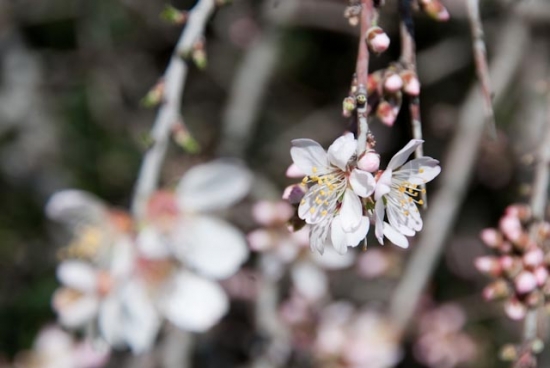
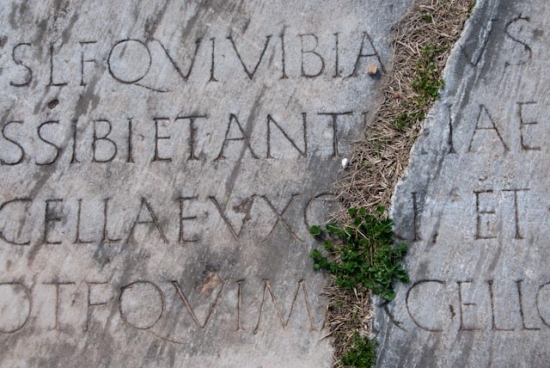
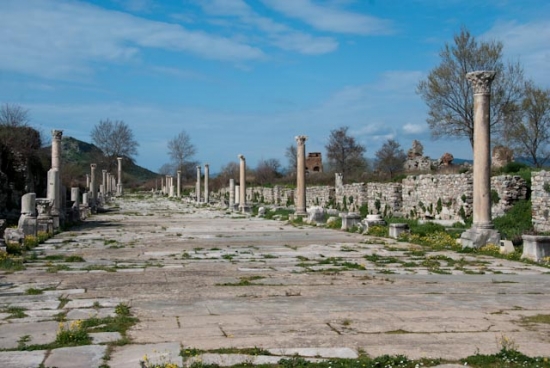
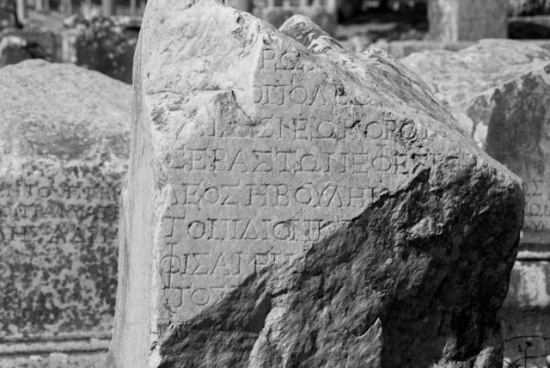
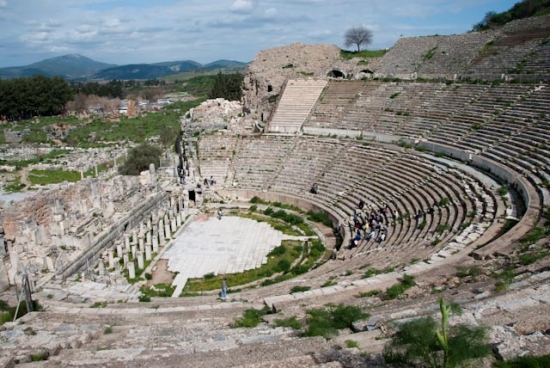
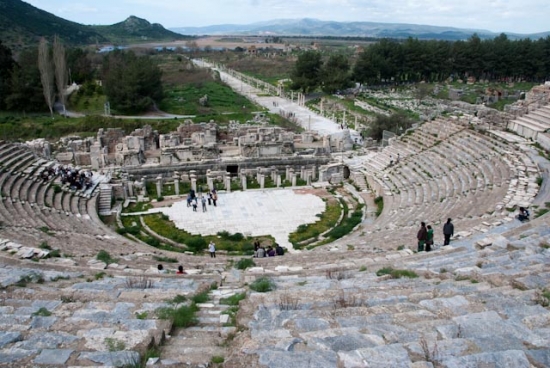
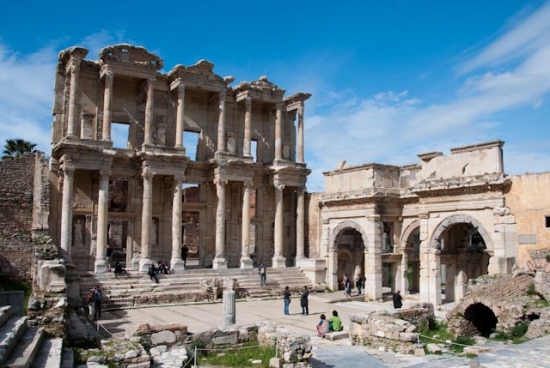
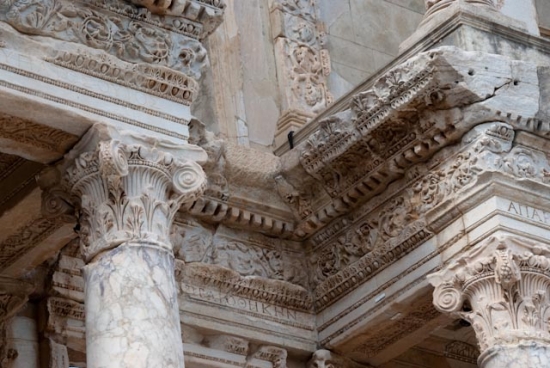
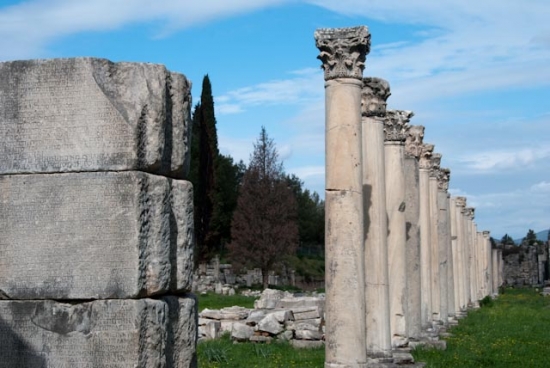
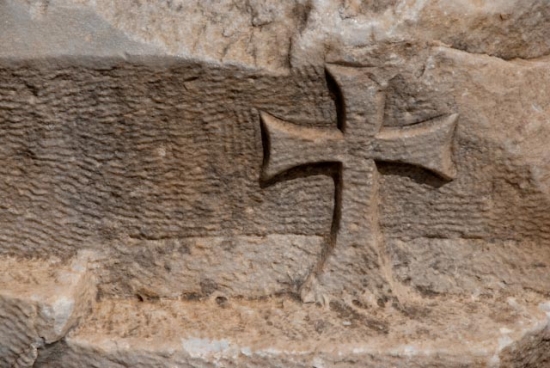
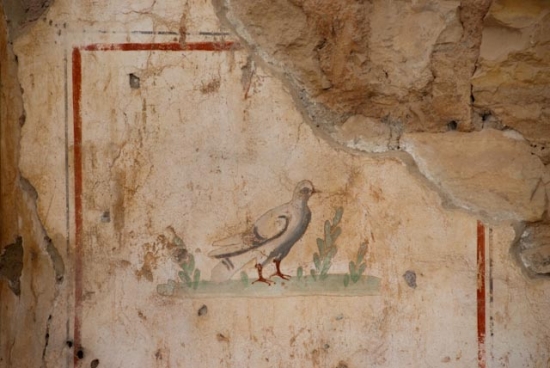
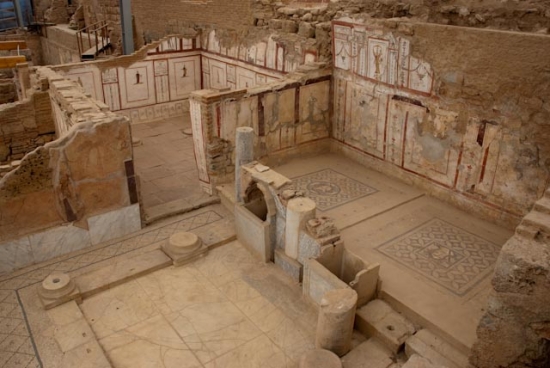
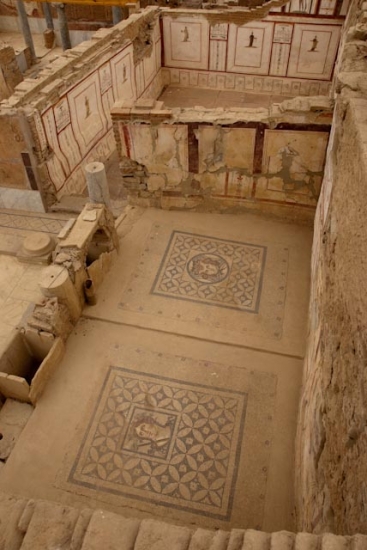
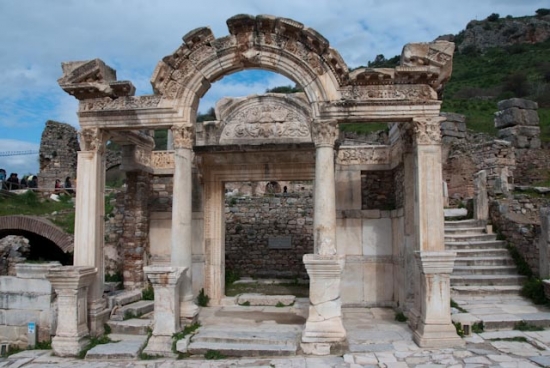
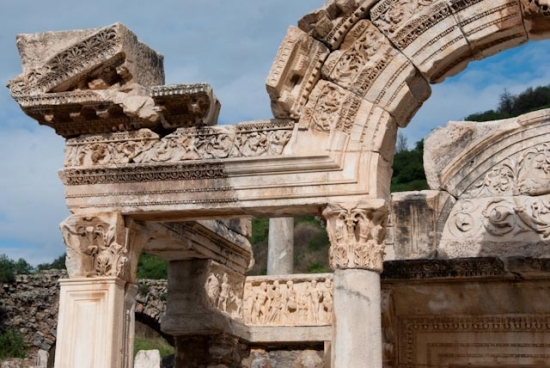
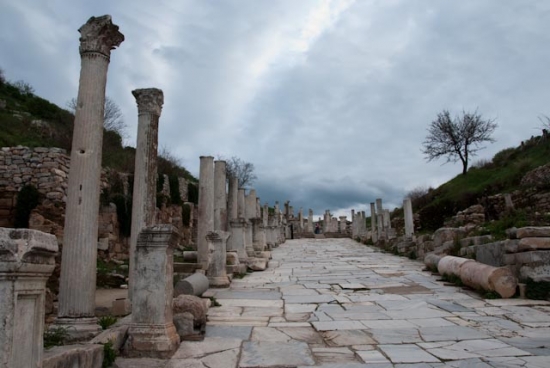
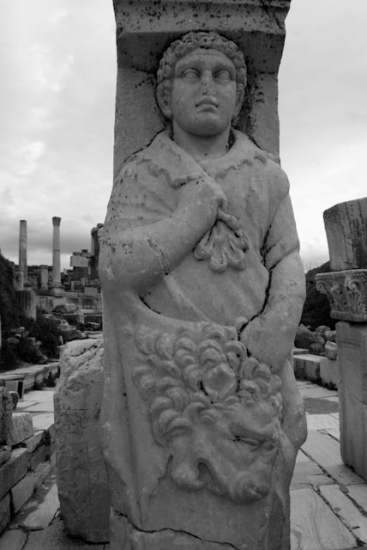
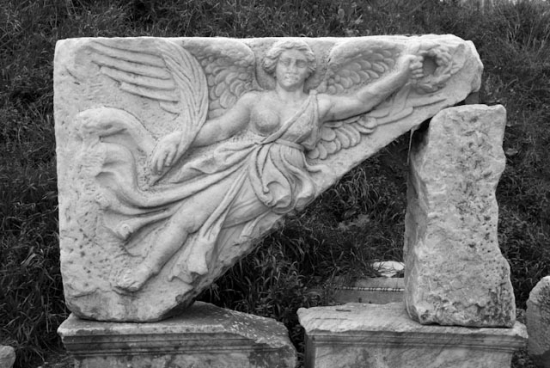
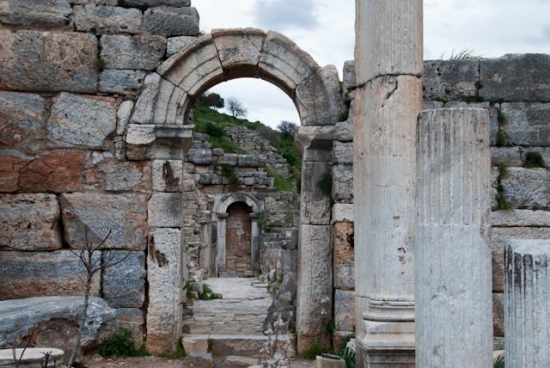
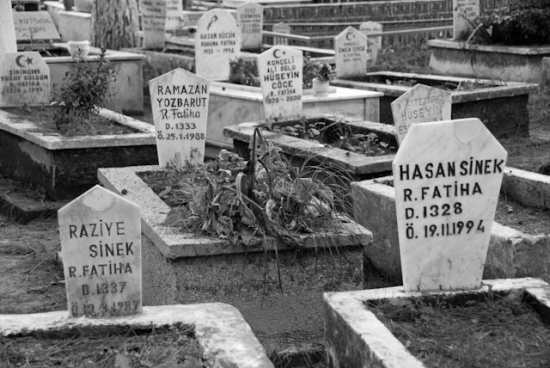
One comment
Leave a reply